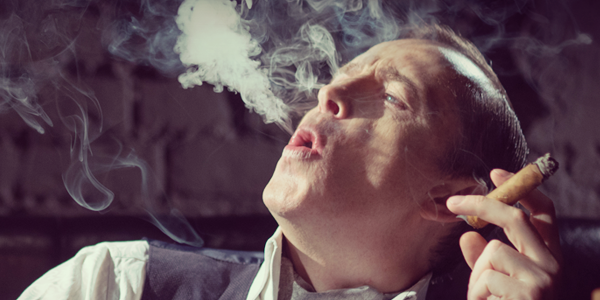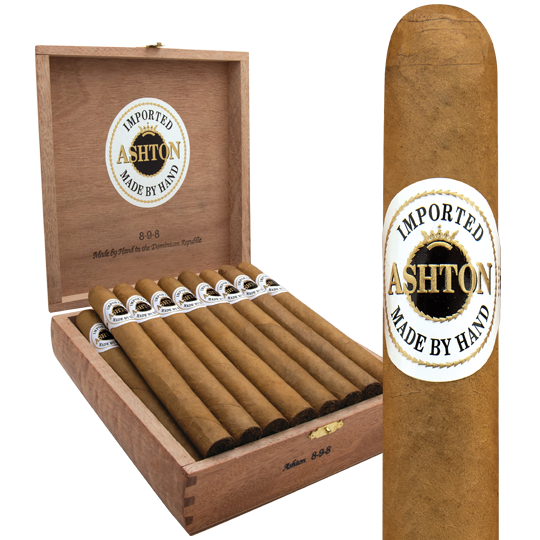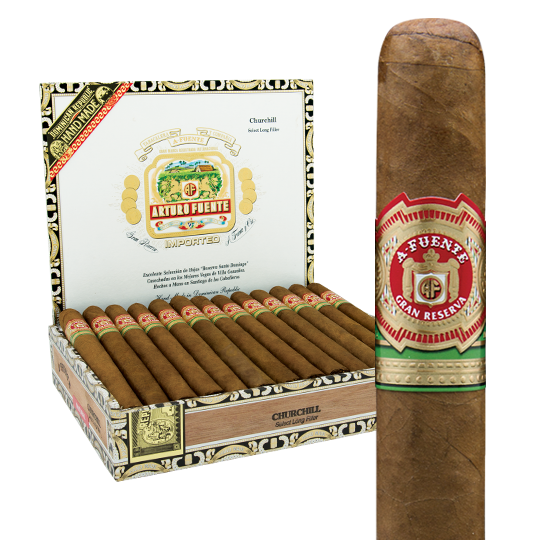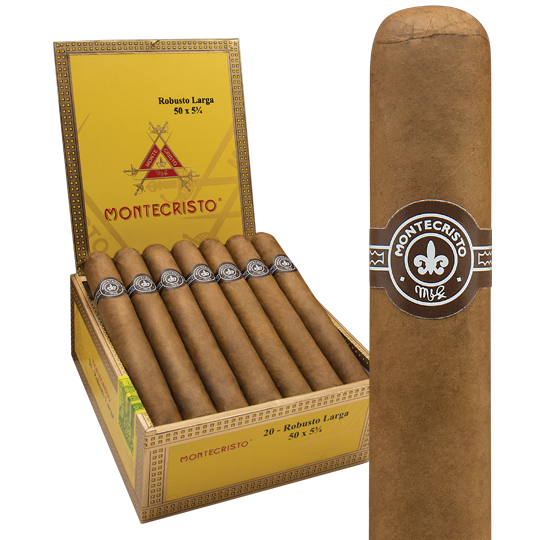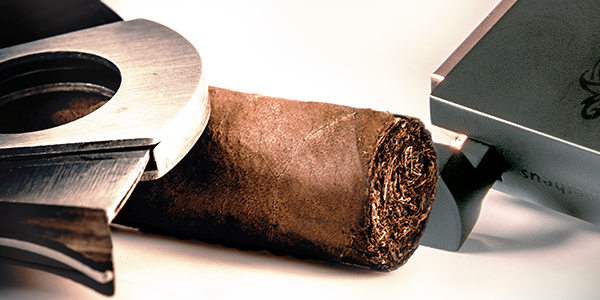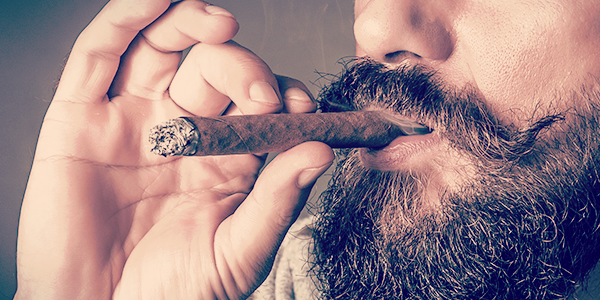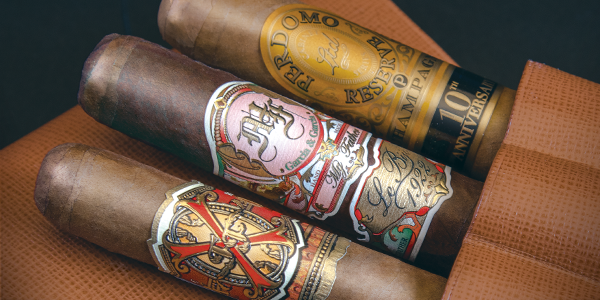Are You Supposed to Inhale Cigars?
Do you inhale cigars? No. We’ve outlined in detail how to smoke a cigar. Cigars are not like cigarettes which are designed to deliver a quick fix of nicotine into your bloodstream when they are ingested into your lungs. Premium, handcrafted cigars are a far more nuanced indulgence. The primary components in a premium cigar, quite simply, are tobacco and water. No additives, no chemicals, no paper, no distasteful substances are crammed into the recipe of a premium cigar for the purpose of hooking you on it. The skill and the palate of the blender determines the inevitable profile of a premium cigar. From the seeds to the soil to the growing, harvest, and fermentation (or aging) of the tobacco, the best cigar-makers possess a wealth of knowledge in order to blend consistent, top-quality cigars.
Cigars are all about taste, flavor, aroma, duration, and gratification. Accessing the many flavors and transitions a cigar presents has much to do with how you smoke it. Cigars are meant to be relished over a period of time. We often liken the enjoyment of a cigar to savoring a vintage bottle of wine, a high-end glass of scotch, or even a meal at a four-star restaurant. As a matter of fact, a number of culinary terms are employed to characterize the many tasting notes and aromas that cigars deliver. Many of the world’s most celebrated chefs are big-time cigar connoisseurs. Why? Because cigars present another opportunity to access taste and stimulate the olfactory senses.
Could you imagine guzzling down a 30-year-old scotch in a single gulp? Probably not; you would really be missing the chance to experience the ultra-refined flavors that culminate in all those years. It’s much better to slowly sip and savor. Extensively aged cigars like Ashton ESG or Padron Family Reserve deliver a parallel type of experience. We’ve already provided the correct ways to light a cigar and how to hold a cigar, so now we’ve got some tips to help you better savor that cigar while you’re smoking it, without inhaling, of course.
Tip #1: Enjoy Your Cigar Slowly
Take your time and treasure the moment. The making of a premium cigar is never rushed, and you should never feel rushed to smoke your cigar by hastily huffing it down. Often, we’ll take a whiff of the unlit foot of a cigar before we cut it, just to get a preview of what’s to come.
Cut your cigar and spin it around in your mouth a few times. When you draw on an unlit cigar, the cold flavor will also foreshadow some the tasting notes.
Tip #2: Rely on the Art of the Draw to Savor the Flavor
Upon lighting your cigar, draw the smoke into your mouth, and let it stimulate your palate. After a few seconds, expel the smoke back out. Revel in the taste, both while the smoke is in your mouth and after you have let it go.
You’ll likely get a bit of smoke in your nose, as well. That’s perfectly okay. Taking the smoke in through your nose is a great way to experience the cigar’s room note. You may even deliberately push the smoke out of your nose from your palate. A cigar’s spices can intensify a bit from doing this.
You should be able to get a relatively effortless draw as you pull on the cigar. Keep in mind, different kinds of cigar cutters will direct the draw. A punch cutter and a V-cutter will concentrate the smoke more directly on your palate, while a guillotine cutter will provide a cooler, looser draw that carries more smoke.
Tip #3. Different Shapes Deliver Different Draws
Ever wonder why cigars come in some many different shapes? Cigars that are rolled in a Torpedo, Perfecto, or other figured shapes (also called Figurados), will furnish a tighter, more concentrated draw. Cigars that are rolled in standard formats like a Robusto, Toro, or Churchill will offer cooler, easier draws that delivers a greater volume of smoke to your palate.
If you have problems smoking too fast, try a Torpedo, like a Montecristo #2. The pointed end will restrict the draw a bit and slow your consumption down.
Also, keep in mind that thinner cigars burn hotter and faster than thicker cigars. A standard Corona can display a lot of complex, rich flavor while a 60-ring gauge Gordo can feel a little bit like having a tailpipe in your mouth.
If you tend to inhale your cigar smoke too deeply, it may be useful to try a smaller format for a little more control over each draw.
Tip #4: Your Ash Will Provide You with Proper Cues to Draw
Lighting your cigar correctly is important, because a sloppy ignition will adversely impact the burn, and subsequently interrupt the draw. If the ash starts to meander in a haphazard fashion, you may need to touch up the lit end with your lighter a bit to make sure your cigar burns evenly.
As the cigar burns down, its flavor will change. That’s to be expected. Draw on your cigar and witness the wrapper leaf gently retract as the ash consumes it. The heat your cigar delivers to your palate will also increase as the lit end draws closer to your lips.
Tip #5: Practice a Soft Puff
Draw the smoke into your palate a bit gingerly at first. Some cigar fiends love to fire up in an overwhelming spectacle of flame and smoke with embers tearing off in every direction imaginable, while onlookers glare over in a worried state with the utmost concern for the carpet.
This method may be just for you. But, if you’re still figuring the whole cigar thing out, just take a handful of gentle puffs. You don’t want to suck the smoke all the way into your lungs. If you happen to inadvertently inhale some cigar smoke, exhale it back out and remain cognizant of when to stop pulling a draw in (typically when it reaches the back of your throat).
Getting a puff or two into your chest can happen on occasion, but doing so deliberately and consistently will cause you to cough. Focus on holding the smoke in your palate and rolling it around in your mouth as you let it escape. Don’t forget to push a bit out through your nose.
Tip #6: Notice How the Taste Changes
The heat, the smoke, and the oils that are inherent in your burning cigar will furnish a number tasting notes, some that are completely familiar and others that may seem new or foreign. A premium cigar that is well-blended tends to crescendo as you smoke it down, but at no point should it deliver bitter, acidic, or unwanted taste.
There are a number of longstanding arguments that revolve around a cigar’s “sweet spot.” Some folks swear the sweet spot is an undeniable segment of the cigar where its flavor and aroma are superior to any transitions that come before or after.
To your pals at Holt’s, the whole darn thing is the sweet spot and we especially favor the smokes we like to take down to the nub because we don’t want them to end. Pay attention to how your sense of both taste and smell respond to your cigar. You know you’ve got a good one when you’re thinking of going back for seconds halfway through.
Tip #7: Start with a Mild Cigar
If you’re new to cigars, your best bet is to start with a mild blend like Ashton Classic, Arturo Fuente, or Montecristo, as you get the hang of drawing the smoke into your palate, but not all the way into your chest. These are great options that won’t deliver an overbearing dose of nicotine, polarize your senses, or make you woozy.
Gradually experiment with medium-bodied, then some stronger smokes, if you feel the urge to up the ante. San Cristobal Elegancia is a superb introduction to Nicaraguan tobaccos without taking any unwarranted risks. An approachable blend of nuts and white pepper presents a marvelously creamy profile. Eventually, you could be right at home striking up a potent and pepper My Father Le Bijou 1922. Just remember, indulging in a premium cigar is all about the taste and the passage of time.

